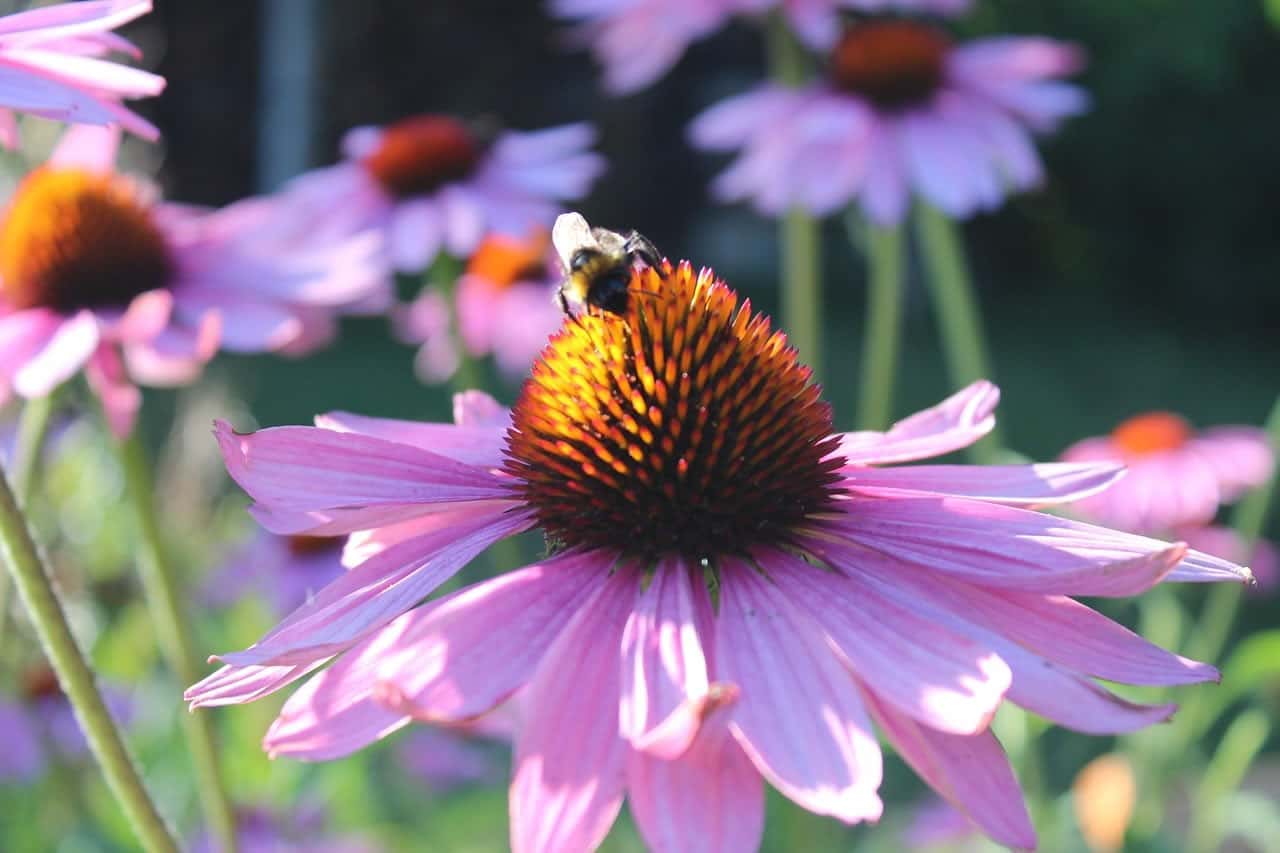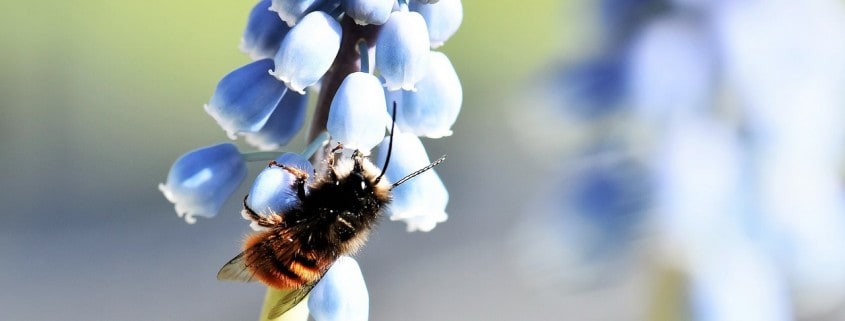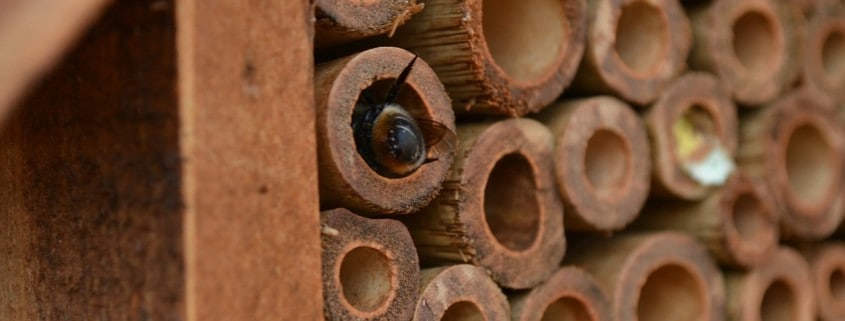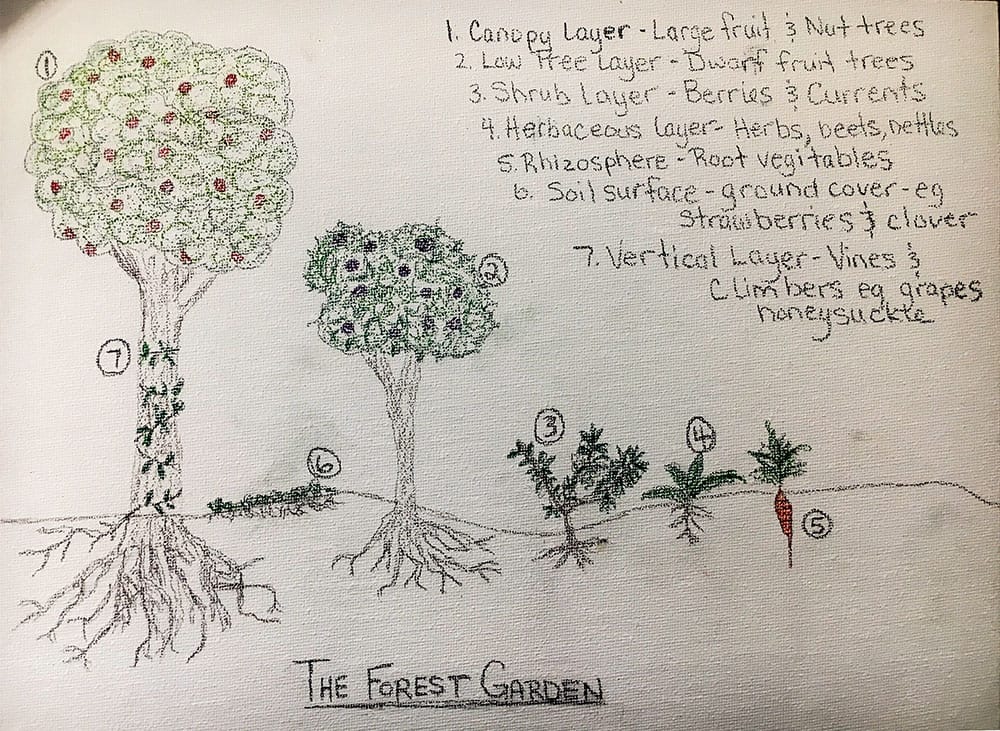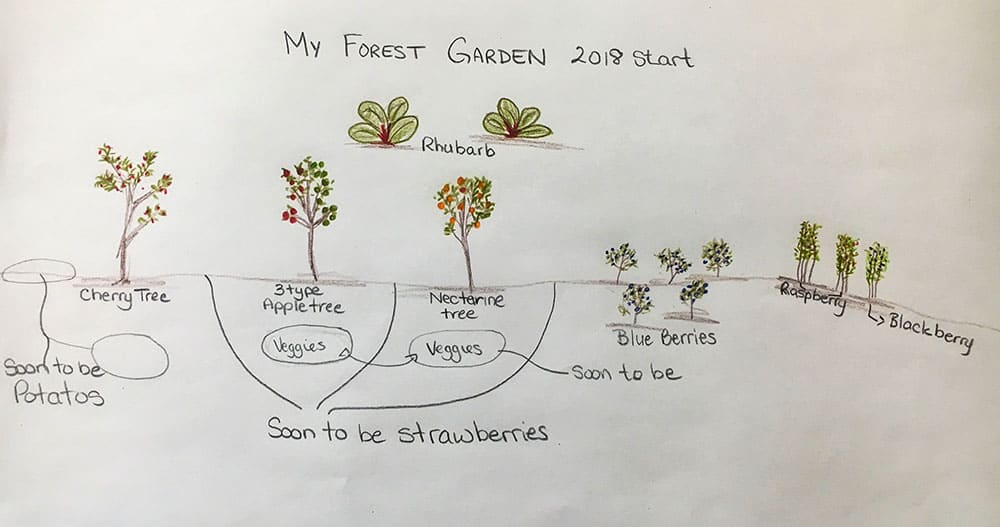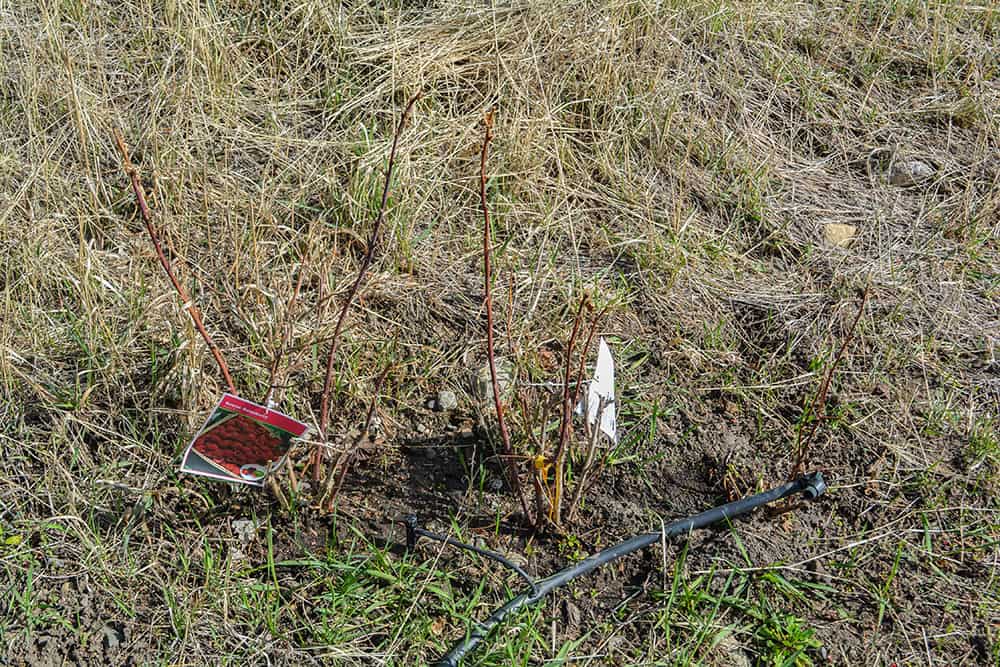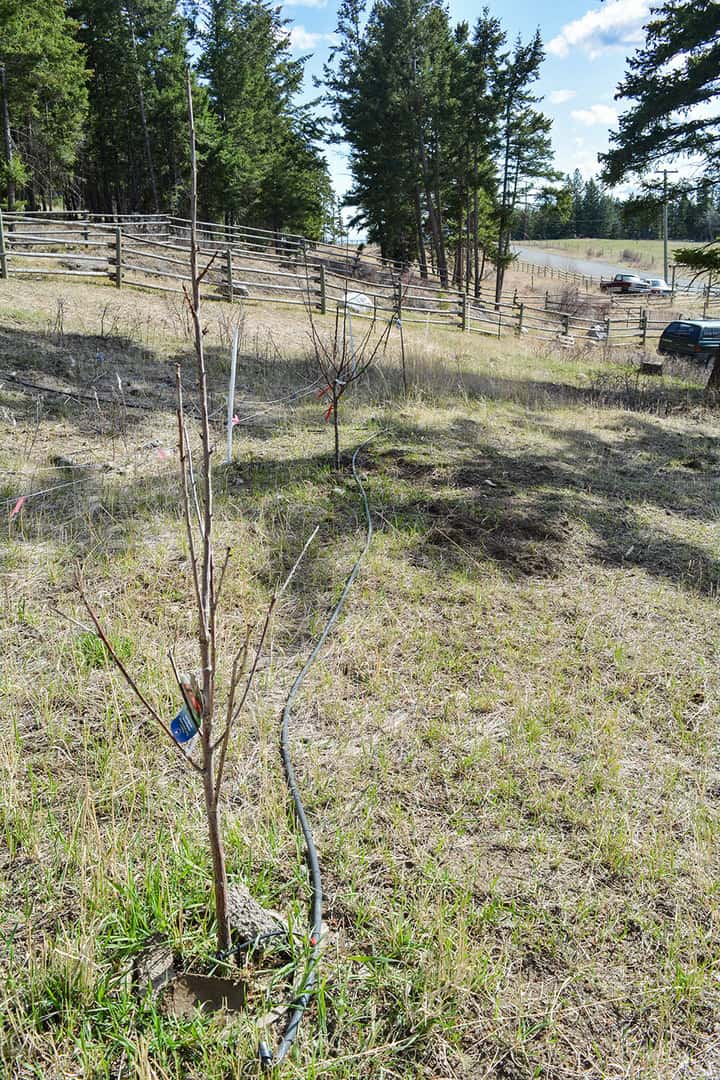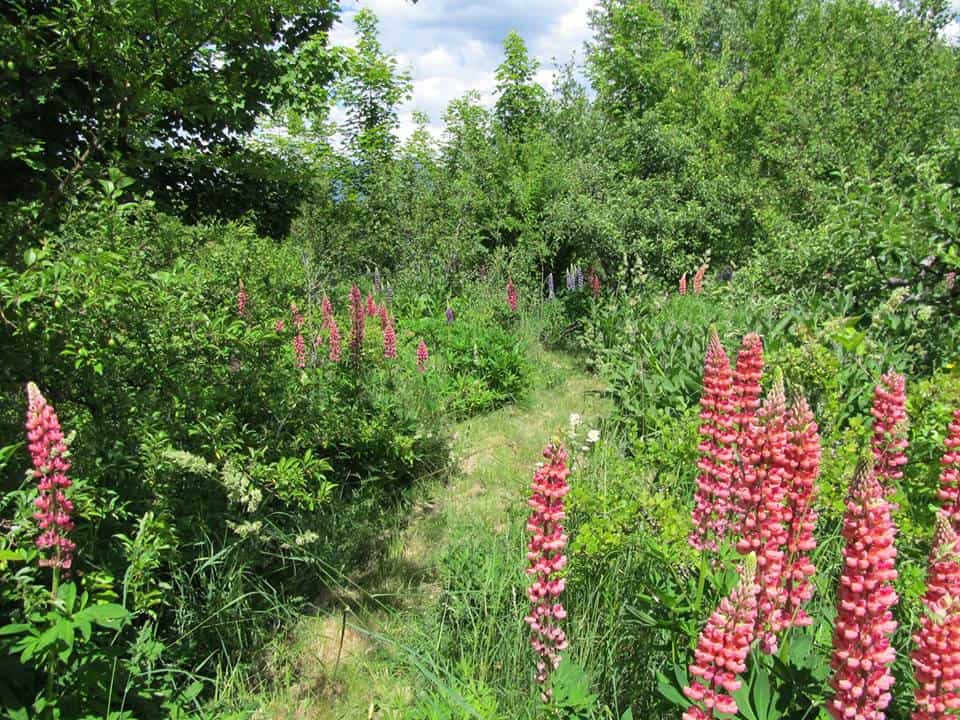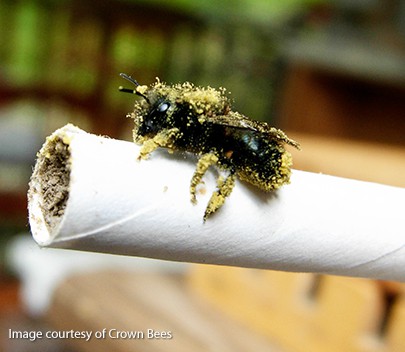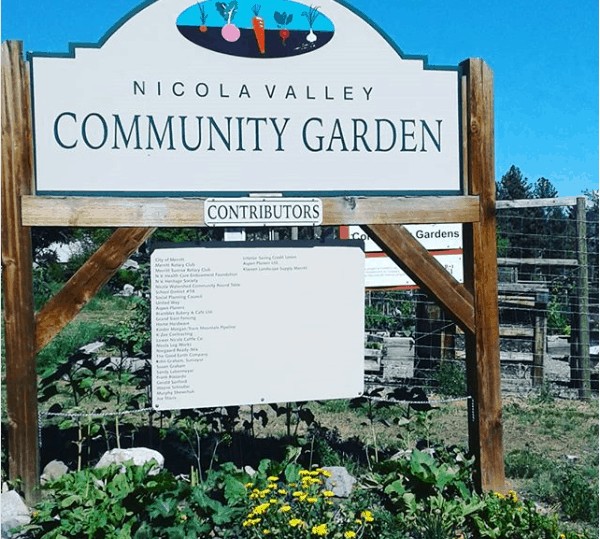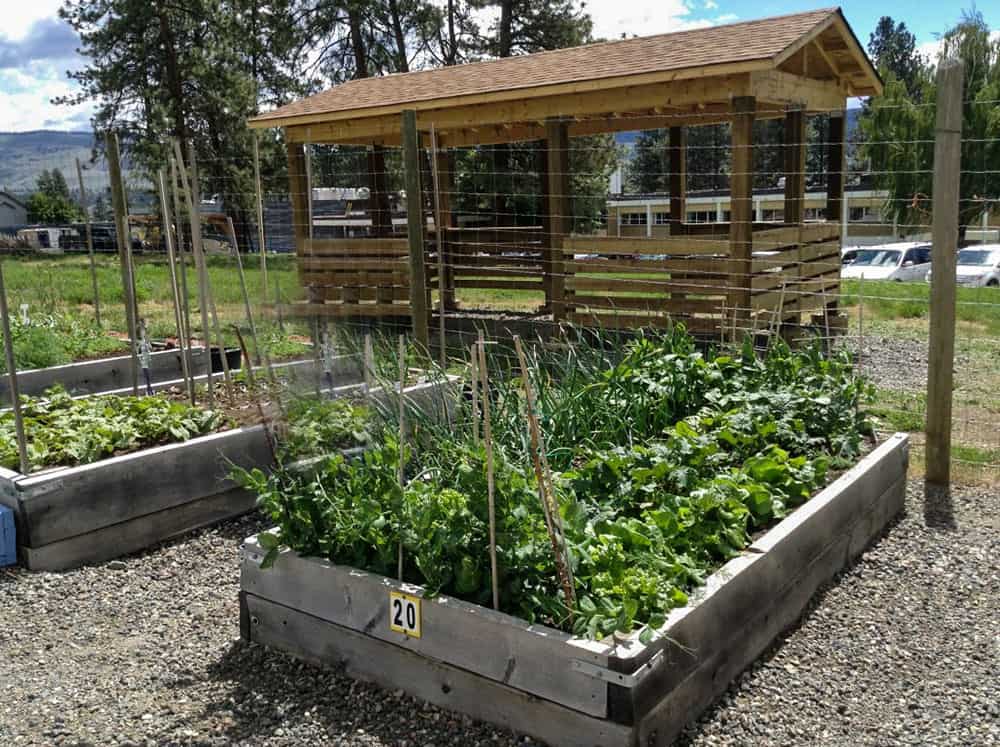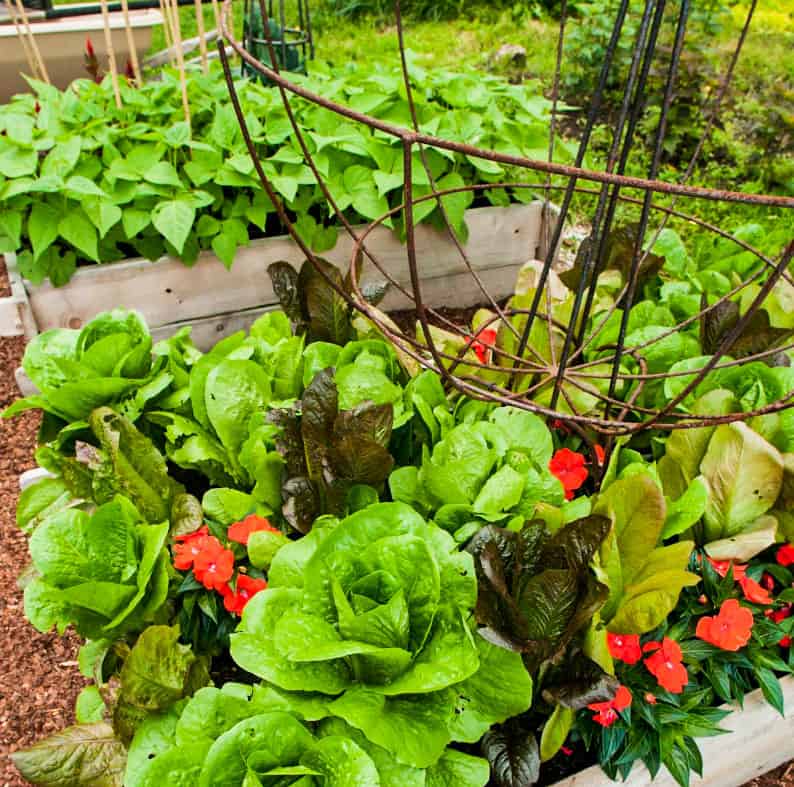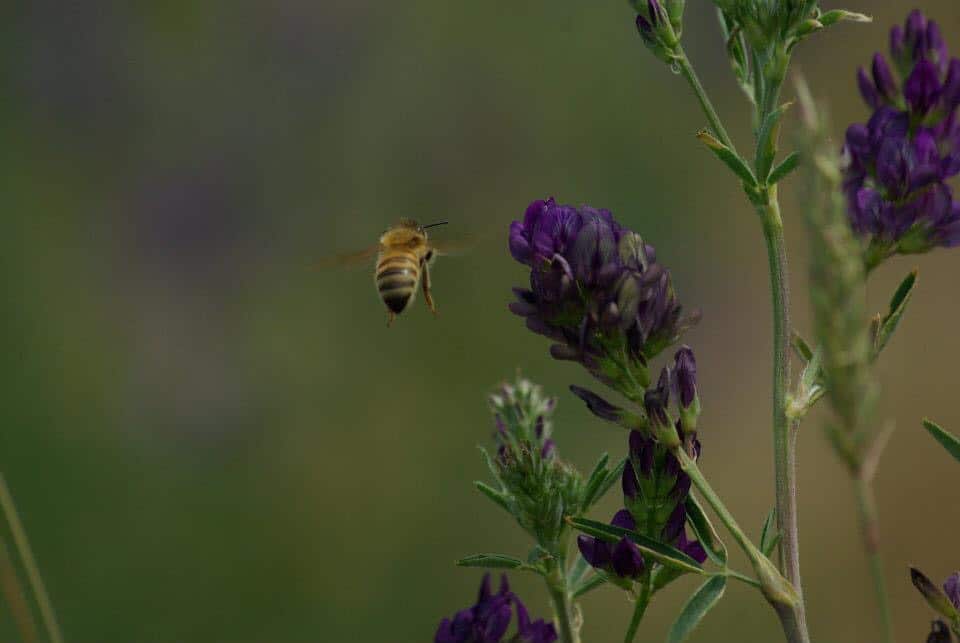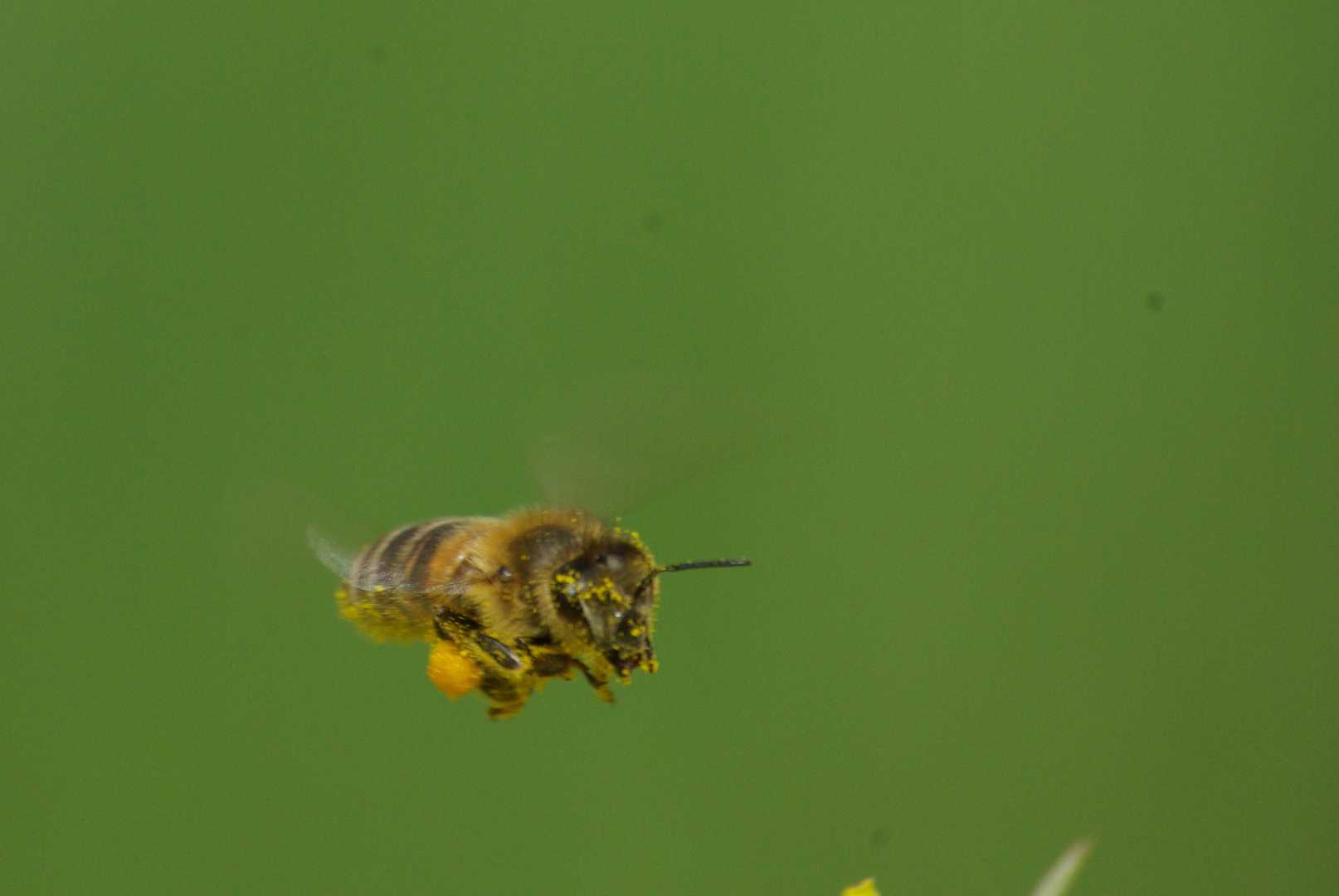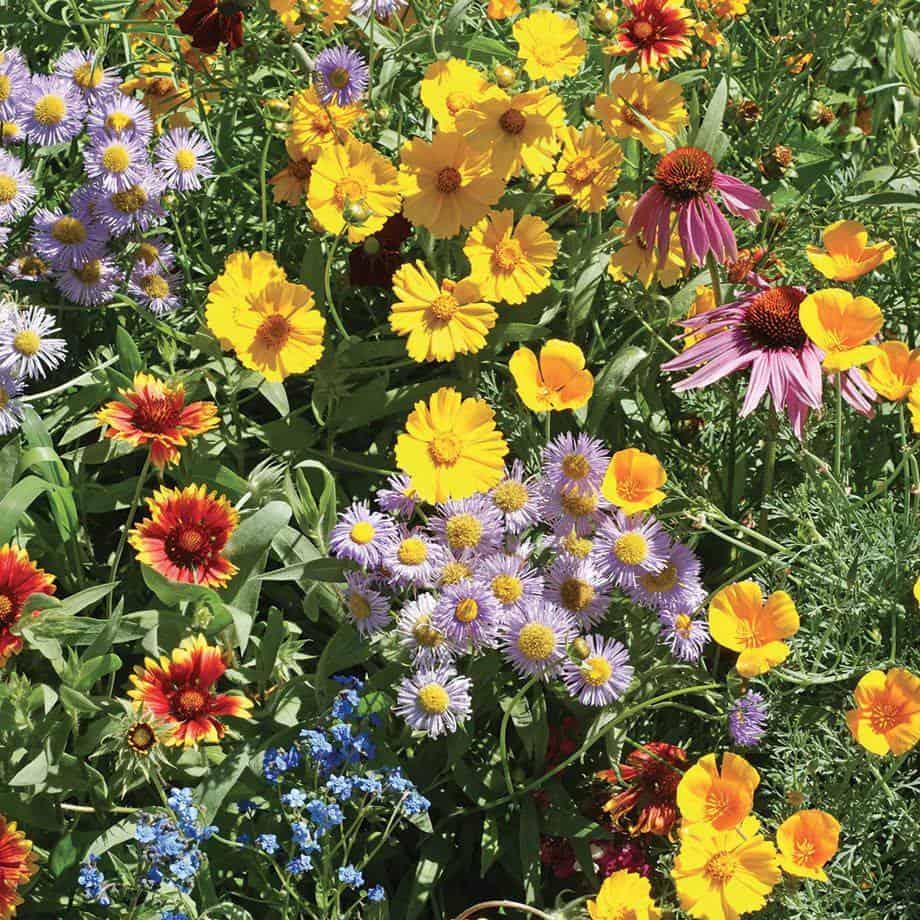Mason Bees
Pollinate using mason bees
How to keep mason bees
Mason bees are a native species of bee that are fantastic at pollinating our fruit trees and gardens. There is a decline of wild and honey bees due to the use of herbicides and parasitic mites. Mason bees are a great and easy way to restore the productivity of your garden.
What is Pollination?
Pollen transferred from one flower t another is called pollination. Flowers depend on bees to move pollen from one flower to another thus pollinating them. The bees are rewarded with food to survive and to use for inside the chambers of there eggs.
The more bees there are to pollinate the more abundant the crops will be. It’s quite simple really. More bees equal more the more pollen delivered, equals more fertilization, equals more seeds which equals more fruit and larger fruit. It’s a win, win for everyone.
How to tell bees from wasps.
Bees have three body segments, head, thorax and abdomen. The female bee is the only one who can sting. Her abdomen has an oviparous for laying eggs which also serves as a stinger. The male does not have this but has male genitalia instead. Therefore he can not sting. Bees are also covered in tiny little hairs. These hairs are what help the bees to collect and distribute pollen.
Wasps on the other hand only have two body parts, the head and abdomen. They are carnivorous which means they get their protein from meat. They do also look for sugar substances from any source available.
Mason Bee Appearance
Mason Bees look black and like a house fly. But there are a few ways that you can tell them apart from house flies. One way is the antennae. A mason bees’ antennae are segmented. Another way to tell them apart is that a mason bee has little hairs on it’s body where as a house fly is bare of hairs. You also won’t find mason bees on your food or leftovers or anything that is rotting etc. Mason bees you will find on open flowers in your orchard or garden.
You can tell the male mason bees apart from they female mason bees by the little tuft of white hairs on its head and up the antennae. Males are also smaller than females. Male mason bees also have antennae that are longer than their heads while female mason bees have smaller antennae.
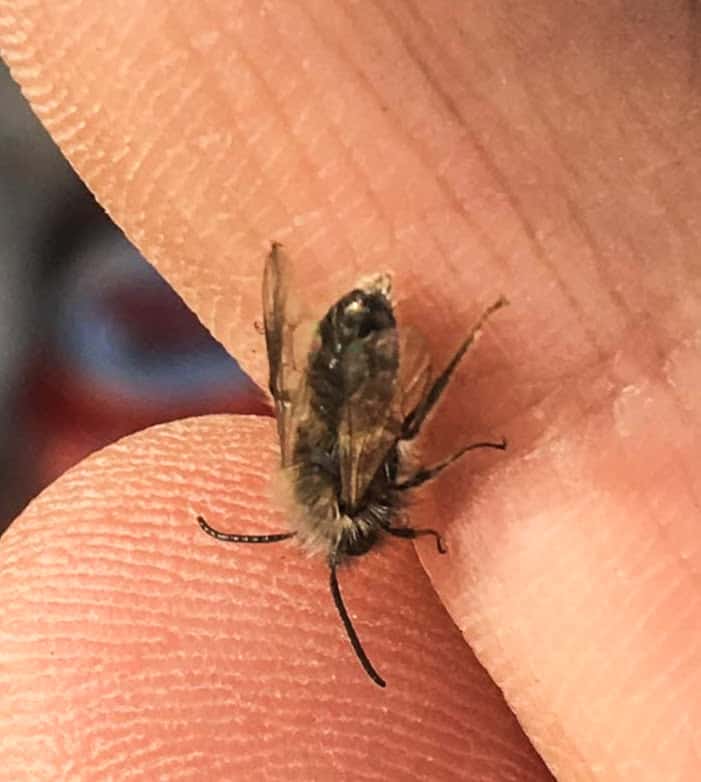
Mason bee landed on my finger.
Life of Mason Bees
The mason bees are a solitary bee. Females do not need the aid of a colony to nest ad lay eggs. She finds a nest site and provides everything necessary to ensure the success of her eggs.
Adult mason bees stay in their cocoons over the winter. Once spring arrives, they emerge and have a very busy but short life span of about a month.
Spring time for Mason Bees
Mason Bees are very active once they emerge in the spring. There life consists of mating, producing their offspring and dying. This usually happens anywhere from Feb to May depending on the altitude of where they are living.
Male mason bees will emerge first as they are the last to be layed in the nesting tube. They are so cute with the white hairs on their heads and along their antennae. The males will not stray far from the nest as they wait for the females to emerge.
Once the weather is warm enough, daytime temperatures need to reach 14 degrees Celsius. The females will start to emerge. Male and female mason bees mate as soon as the females emerge. The female then starts looking for a place to lay her eggs and build the nests.
Nest Site
After the female has found a suitable nesting site, she will go looking for pollen and nectar. While she is collecting the pollen and nectar, she is also pollinating the flowers all around. Once she had enough food the female mason bee will go back to her nest. She places the food down, lays and egg on top and closes the segment off with mud. The female mason bee will continue to do this until either she has layed all her eggs or she dies.
Nest Material
Mason Bees nest in tubes and holes or pretty much anything that has a cylinder shape. If you’d like to make a mason bee house of your own there are a few things to consider. First you need to make sure that the tubes you make are at least 5″-6″ in length and 5/16″ in diameter. This ensures that there is a good ratio of male to female eggs layed. If the tube is too short there will be more male mason bees layed.
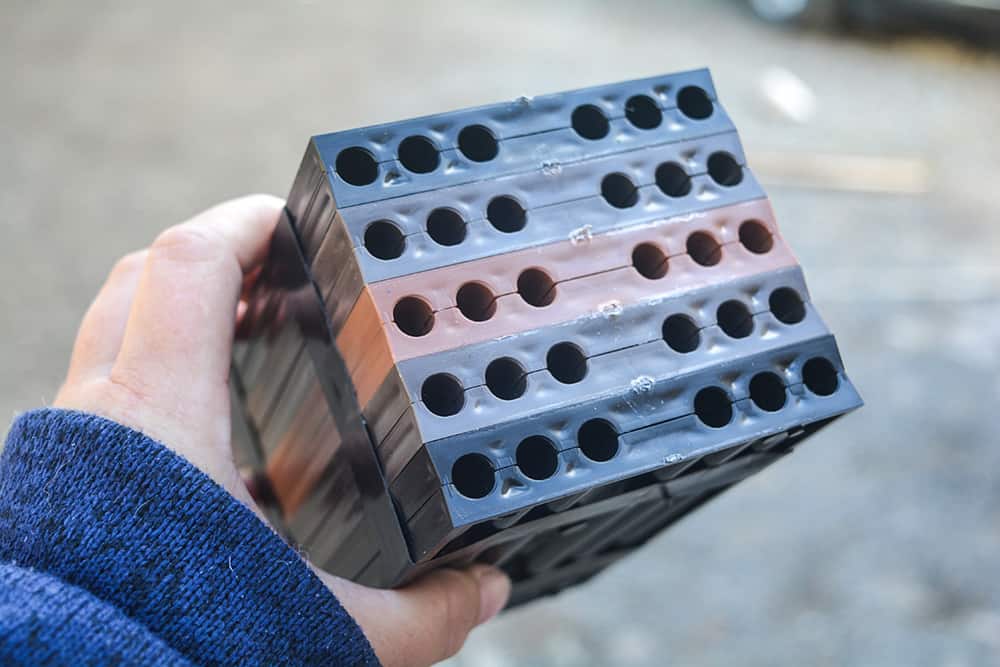
Mason bee tubes. Made from Plastic. Can be taken apart.
You will want to make sure you place your mason bee house facing east so that it will receive morning sun and get afternoon shade in hotter climates. Ensure that your nest is protected from wind and rain. Very important to make sure there is an area they can get moist clayey mud in a hole in the ground as they need this to close off the sections in their nests and the end of the nest.
In the wild there is a chance for the nest sites to become infected with parasites or destroyed by predators. If we are looking after the nests, we can ensure more bees will survive. By making or buying nest that come apart so they can be cleaned, inspected and kept safe from predators.
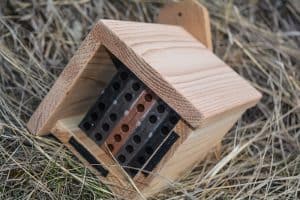
Mason Bee House
Once the nests are closed
Inside each chamber the egg will hatch, and the larva or grub will feed on the pollen and nectar ball left by the mother. Once the larva has fully grown, they go into a resting stage. The larva then spins a cocoon and changes into a pupa inside the cocoon. By the end of summer, the pupa’s have evolved into adult mason bees. Warmer temperatures will ensure the adults have developed fully. Cooler temperatures may halt growth and even cause death. But if the summer heat is too hot it can also have detrimental effects on the cocoons.
Keep your nests safe
You can also make sure that your nests are kept safe over the summer before harvesting. Once all the holes have been closed with mud you know it’s time. You can take the block of nests and place them inside a special nesting bag. This bag allows air to flow through but will not allow birds and other predators to get in and destroy the nests. You can move them into a shaded place until it’s time to harvest the cocoons in fall.
Retrieving the cocoons
Female and male mason bees remain in their cocoons over the winter. In the fall you will want to retrieve the cocoons from the nests and go over them for parasites or diseases.
Usually around October it’s time to harvest your mason bee cocoons. How you harvest your nests will depend on which type of nesting materials you used. Carefully take apart, unravel or cut your tubes open. Remove the individual cocoons from the nesting tubes. You can put them aside and wash or discard later.
Now you will inspect the cocoons for any mold, fungus or parasites. Good cocoons are nice rich brown color and look similar to deer droppings lol.
Washing your cocoons
Once you have harvested your cocoons you need to wash them. You can do this by taking a 4 L bucket of lukewarm water. Place a layer of cocoons into the water. Gently roll them in the water to help the mud and other debris to fall off. Let the cocoons sit in the water for 20-30 min. Stir them occasionally to remove dirt and ensure they are well whetted. Good cocoons will float. If any sink to the bottom they are no good and can be set aside.
Mites
You can inspect cocoons for mites. IF there are mites you will want to wash them in a solution of bleach and water. The solution consists of 1 tbsp bleach to 4 L of lukewarm water. Put the effected cocoons into a sieve and lower the sieve and cocoons into the bleach solution. Carefully mix them around to help any mites fall off. After 10 min remove from the bleach solution and put them under warm running water for 5 more min to help rinse of the chlorine. This should have removed any mites or remaining dirt.
Drying your cocoons
Now you are ready to dry your washed, dirt and mite free cocoons. Place a couple layers of paper towel down on the counter. Place your cocoons on the paper towel and cover with more paper towel. After a couple hours you can reinspect your cocoons.
Inspection
Look under your cocoons for any orange spots on the paper towel. If there are less than 10 per square inch you are good to go, and washing them was successful. If there are more than that you need to screen your cocoons to remove the rest of the mites or as many as you can.
Screening your Mason Bee cocoons
The best way to screen for mites is to use a metal window screen or a metal kitchen sieve. Put the cocoons onto the screen and start rolling them around by gently shaking the screen back and forth. You will want to do this in a place where the mites can fall and be easily cleaned up, like over a bathtub. Once you have rolled the mason bees cocoons around on the screen for about 60 seconds you can put them back on replaced paper towel for another hour. Rolling the cocoons around on the metal heats them up a bit and causes the mites to fall off. Now they are ready to be stored and inspected for mason bees or wasps.
Inspecting for wasps
The easiest way to inspect your mason bee cocoons for wasps is to candle them. Take a flash light with a lip, place enough cocoons on the glass plate to cover it. Make sure you are in a dark room. Turn the flashlight on. In the cocoons that contain mason bees you will be able to see the little bee in a fetal position. If the cocoon is transparent then you know the cocoon is questionable. Do not leave the cocoons on the light for more than a min as it can dry out the cocoon and may kill the bee.
Unsure if the cocoon is good?
IF you are not sure when you candle or check over your mason bee cocoons. You can take those and store them in a separate container for the winter. In the spring warm up the cocoons and watch what emerges. If its a mason bee, cool it off in the fridge until the outside temp is warm enough to release. If it is something else that emerges destroy it.
Storing cocoons over winter
There are special coolers that you can purchase to house mason bee cocoons. They have a space for your cocoons and a space for a wet towel to help keep the humidity correct. There are also air holes to make sure they have adequate air circulation. You can also use a cardboard box with paper towel on the bottom to cushion the cocoons. Make sure there are holes in what ever container you decide on. Once you have them snug in their container the best place to store them in in the refrigerator. Manual defrost fridges are more humid than frost free. Therefore, are best for keeping mason bee cocoons. If you have a frost-free fridge keep an eye on your cocoons. Sometimes males will emerge while in the fridge.
If any bees emerge while in the fridge don’t panic. I had some emerge and created a cotton ball with equal parts water and sugar and put it into the container, so the emerged bees had something to eat. Once the weather is warm enough and there is enough food outside you can release them along with the other cocoons.
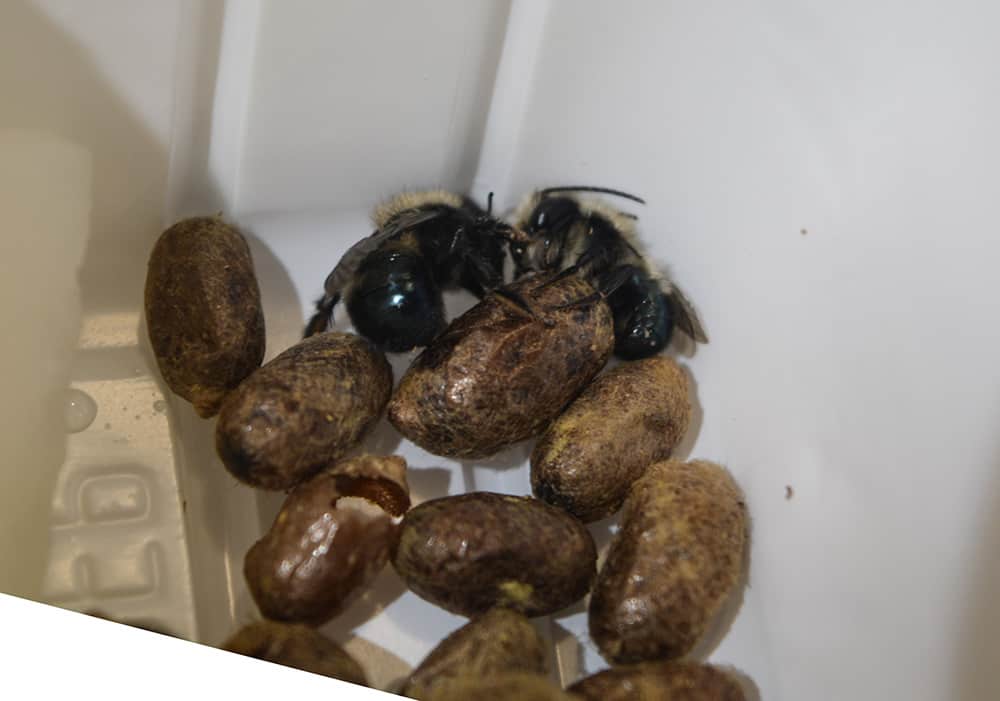
My little mason bees emerging a little early.
Spring Emergence
The easiest way to tell if it’s time to release your bees is wen the temperature outside is a steady 15 degrees Celsius and there are flowers on your apple tree. If you don’t have apple trees just make sure there are blossoms of some kind close to where you have set up your nesting area. Place the cocoons adjacent to or in the nest site.
Make sure the ground underneath your nesting site is not too wet or has any puddles and the newly emerging bees can fall and will drown. Best way is to release in batches every 4-7 days. This way if the weather turns bad you won’t lose all of your bees.
Bees need full sun and early as possible in the morning. There bodies need to warm to 90 F in order to be able to fly. They like to be out early to avoid the afternoon heat.
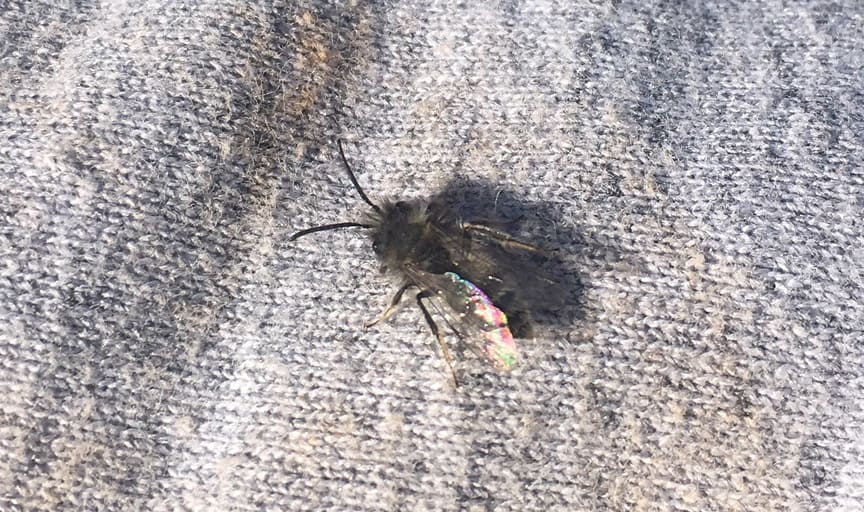
Mason Bee from Merritt BC Canada warming up in the sun
Fascinating to watch
Mason bees are so fascinating. They are social bees and are so easy to watch. Make a mud area where you and the family can enjoy watching the females collect mud to wall off each section of their nests. You can also go out early in the morning to check out the bees sitting in the opening of their nests. They really are quite cute. There are nest boxes you can purchase that allow you to watch each stage of the mason bee’s life.
Conclusion
Mason bees are only on species of bee that are so important to our environment. Do your part by not using pesticides. Plant native wild flowers. Grow and harvest your own mason bees. So easy, so fun and so rewarding.
Thank you for taking the time to read my blog on Mason bees. Interested in learning more? Please feel free to contact me or check out my other blogs on bees at Experience Nicola Valley
If you would like to purchase some supplies and mason bee cocoons you can check on the internet. If you live in the Merritt or Nicola Valley area you can contact our local supplier Ellen Miller from Miller’s Farm in Lower Nicola. They also put on beekeeping courses and other seminars, including a mason bee seminar.
Photo Credit
Feature image of mason bee on the purple flower taken by Rusty Burlew of Honey Bee Suite. Stop by her website to check out all the great things she has to offer.
Photo of mason bee on the nesting tube covered in pollen courtesy of CrownBees. They also have a wonderful website with lots of great information.
Mason Bees – Merritt BC Canada
